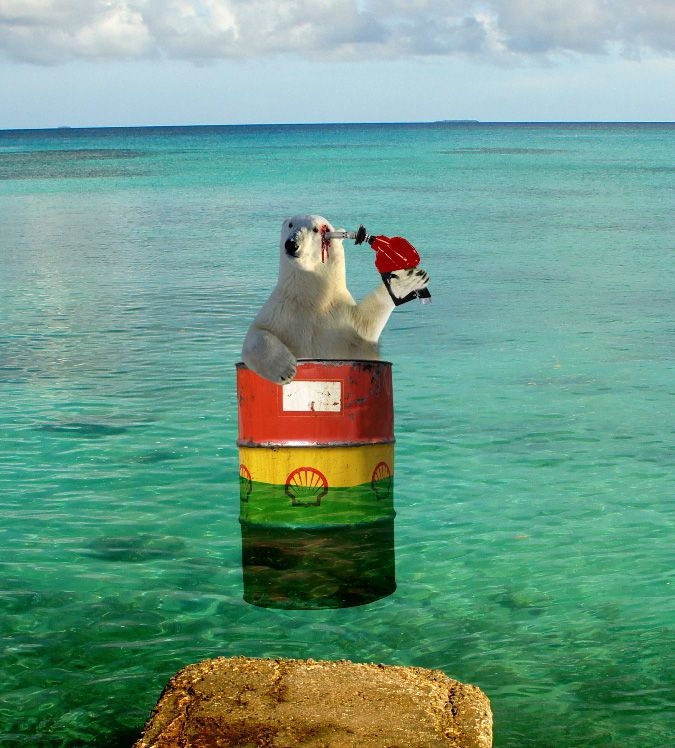ArtReview sent a questionnaire to a selection of the artists exhibiting in various national pavilions of the Venice Biennale, the responses to which will be published over the coming days. Vincent Huang will represent the South Pacific island of Tuvalu. The pavilion is at Forte Marghera, Via Forte Marghera, 30, 30173 Venezia
What can you tell us about your plans for Venice?
I am planning to bring together “animal victims” in Venice. This will serve as a metaphor to highlight the negative impact that humans are having against the environment in today’s day and age. As humans we are living in an ever growing economic system- which is in constant pursuit of unlimited growth. Whether you are a country, a company or even an individual-there is an unrelenting desire to consistently be upgrading. My plan in Venice is to show that Capitalism is now pushing Modern Society to the extreme and the pitfalls this can have on the environment. This will be shown by an interactive colossal oil pump installation based in the Forte Marghera. We will invite people to ‘pump gas’ operating a lever that will trigger the entire pump- setting off the guillotine which will begin to slaughter animals and human nature! Modern Atlantis will be an aquarium tank housing coral reefs growing on miniature sculptures of iconic landmarks of civilized and capitalist society. At the entrance of the exhibition site will be a silicon rug made into the shape of Tuvalu turtles. Everyone who enters the site will have to step onto this rug, causing it to ‘scream’.
Are you approaching the show in a different way to how you would with a ‘normal’ exhibition?
Although we were not able to secure one of the famous sites of the Arsenale and Giandini, we have picked a location, the Forte Marghera, due to its symbolism and history. The fact it was a former lagoon fits with our environmental concept. Much like its global location, Tuvalu’s pavilion at the Biennale is positioned on the periphery of the more powerful developed nations.
What does it mean to ‘represent’ the island of Tuvalu? Do you find it an honour or problematic?
I am a Taiwanese artist and my long term focus has always been on the environment and climate. It is a great honour to be invited to represent the Pavilion of one of the most endangered nations in the age of climate crisis at the Venice Biennale this year. Through my art I have been able to make bold statements and intervene in global public issues surrounding climate politics. I visited Tuvalu for the first time in 2010 and the Tuvalu government became very interested in the type of eco-art that I produce.
What audience are you addressing with the work? The masses of artist peers, gallerists, curators and critics concentrated around the opening or the general public who come through over the following months?
I hope to address both the international arts world through my work as well as raise awareness with the general public-hence the reason my work is interactive-in order that people can come and ask questions and go away stimulated.
What are your earliest or best memories of the biennale?
This will be my first time. I have visited Venice over the last couple of months to conduct research and get a feel of the beautiful, historical city. The connections with Tuvalu are startling similar and I have been particularly inspired by Venice’s anti-flood project. Humans are constantly using new technology to ‘fight’ with nature, all in the name of ‘civilization’.
You’ll no doubt be very busy, but what else are you looking forward to seeing?
I will be working with the Venice Art Academy and look forward to running workshops with young artists and discussing topics such as the use of art to ‘intervene’ in global politics, climate change, eco-art and how to address concerns to the public through bold artistic statements.
